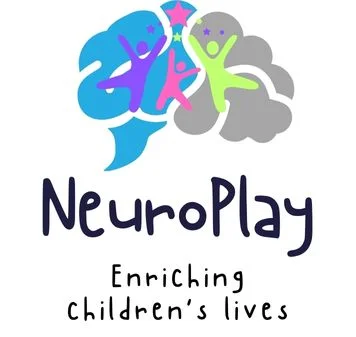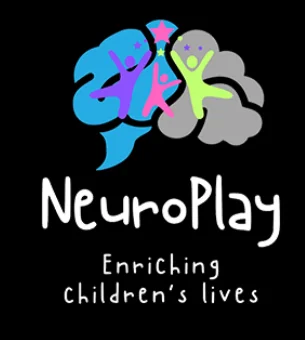All you need to know about sensory integration therapy for your little star
A lot of children all over the world struggle with sensory processing, meaning the way their brain receives, interprets, & responds to sensory information is different for them. Parents, guardians, & caregivers are often confused about how they can provide the best care for their little stars. In most cases, visiting a psychologist & getting proper treatment is the answer, but what if you can’t?
If professional therapeutic treatment is out of the question, for whatever reason, there are a lot of sensory integration therapy techniques you can try out right away in the comfort of your home.
What is sensory integration therapy?
Sometimes, children can have trouble receiving & processing information from their senses, & this can manifest in many forms, like experiencing difficulty sensing their location, having balance problems, or facing challenges in processing touch, taste, hearing, smell, or sight.
Children may react to these challenges by being averse to bright lights, loud noises, or even physical contact. Although navigating this scenario can be very difficult, you can assist your kid & provide them the help they require with the right sensory integration treatment.
Sensory integration therapy involves activities that focus on various sensory experiences & provide children with tools to navigate the world around them more easily. While this is typically practiced under the care of a trained OT, there are loads of safe & practical therapy techniques you can try out at home.
Fun sensory integration therapy techniques you can try out at home
Try these fun activities to help your child gain control.
Creating a sensory bin
Children with sensory processing issues are often sensitive to touch, texture, & materials. To that end, a fun activity that you & your child can try out together is creating a sensory bin. This will help them get used to different touch sensations & can even improve visual perception, fine motor skills, & language.
All you need to do is put common household items in a container & let your child explore. Add in different things that have distinct textures, like fuzzy dice, a plastic duck, or plushies. Be careful not to overstimulate your child with too many items. This could trigger their anxiety. Support them if they feel overwhelmed, & encourage them to touch & experience different things.
Proprioceptive pushing activities
An excellent method to assist your child develop their sensory processing skills is to engage in pushing activities. Try & encourage them to push an object & make sure you provide them with the support they need. Their brains will be better able to understand their body’s location in space & would learn how to manipulate their movements to achieve their goals.
This activity is both fun & therapeutic, but you have to make sure that they are safe. Start by encouraging them to push their toy box with wheels or a loaded laundry basket. You can also incorporate these activities during playtime & encourage them to push their stroller or car. Always keep a careful watch on them so that they don’t accidentally harm themselves, however.
Playing with playdough
Playdough can be a fun & educational toy to help your child get used to different textures & colors & explore their creativity. You can either purchase some play dough from a shop or make your own at home with a cup of flour, a cup of salt, & a half cup of water. Mix the flour & salt together in a bowl, then add water & knead until you have a smooth dough.
You & your child can then play together, making a variety of shapes. Start with something small like play dough worms, & then try to make more complex shapes like balls & animals. This will allow them to explore new textures & sensations with their hands & teach them to follow directions.
Balance board challenges
To enhance your child’s motor skills & sensory processing, you can try balance board challenges. These are fun & playful ways to support your child’s vestibular system & improve their movement & balance.
For this activity, encourage your child to stand on a balance board & find their center as they tilt side to side or front to back. Despite its apparent simplicity, this exercise can greatly increase proprioceptive awareness & give your child the courage to attempt new things. As always, ensure their safety while they’re playing.
Auditory stimulation
Many sensory activities incorporate auditory stimulation. This can be in the form of directions given to the child in most cases. However, you can design your own games around auditory stimulation. Popular games like “Simon Says” or singing “If you’re happy & you know it, clap your hands” are fun ways to improve their auditory processing.
Rhythm imitations are also a great way to encourage your child to explore new sounds. Another fun activity involves you playing with various sounds animals make & encouraging them to match them to pictures. Make sure to ease your child into it. Start with something small & pleasant before moving on to louder sounds & music.
See your little star flourish
This is just a small list of fun activities you can try out. While these can help your child improve their sensory experiences, it is advised to take them to a professional OT for checkups, advice, & recommendations. NeuroPlay is always here to help. Call us, & we’ll answer.

